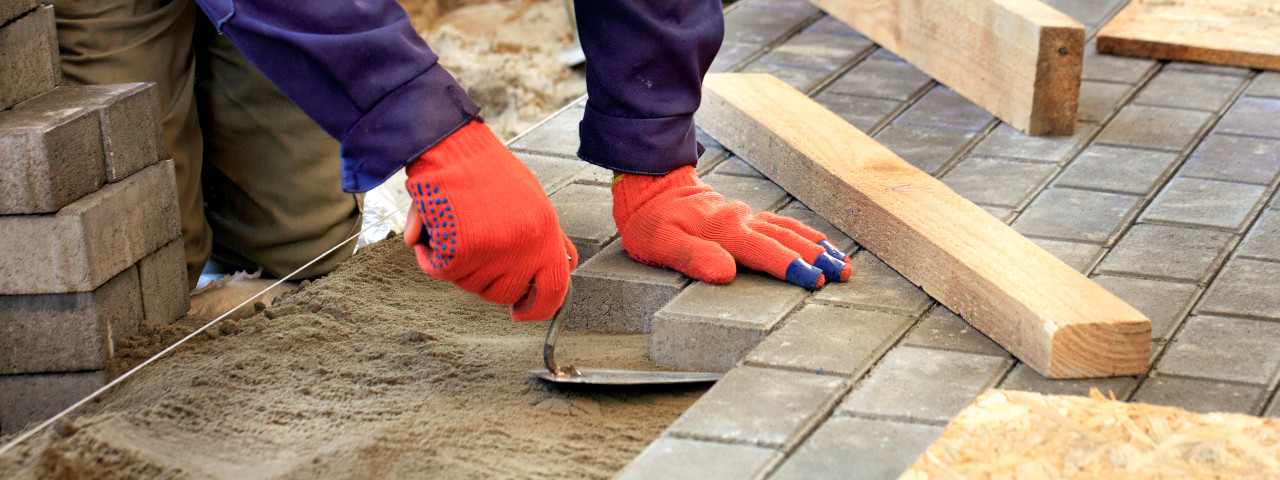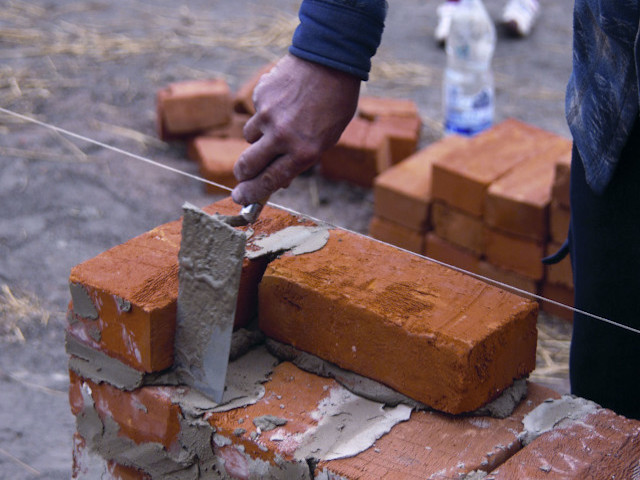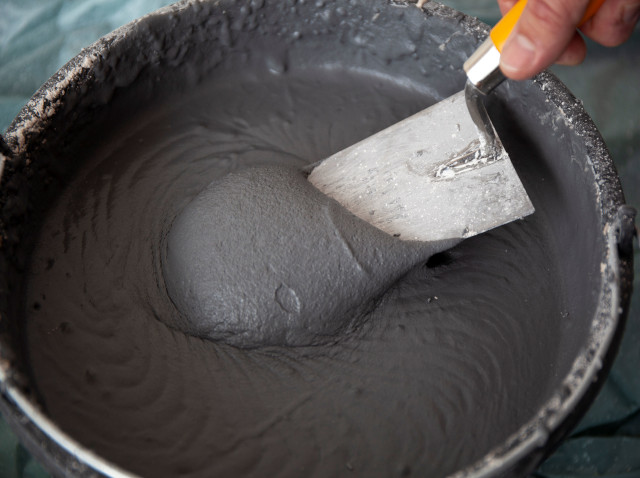Follow Cashbuild's easy step-by-step instructions and pave a pathway
Pavers come in an attractive array of patterns so you're sure to find a design to suit your style. Just pop in at Cashbuild and take your pick from the wide variety of pavers and everything else you need to get the job done quickly and easily. Start by paving a pathway with these easy DIY steps.
TIP: Bear in mind the kind of traffic the paved area will endure when choosing pavers. For an industrial area use pavers with the highest compressive strength.
What you'll need
Sharp sand, mortar (ratio 4:1 well-graded river sand and cement with water), pavers, spade, plate vibrator (not available at Cashbuild), broom, steel trowel, screed board, rake, rubber mallet, string, wooden stakes, 2 wooden boards the length of the pathway, spirit level, hammer, nails (to attach boards to wooden stakes), precast concrete kerbstone or bricks (optional)
Step 1
Use wooden stakes and string to mark out the area to be paved and dig down to a depth of about 100 mm. Ensure the entire area is even and level.
Put wooden boards on either side of the pathway, securing them with wooden stakes and nails. The tops of the boards must be level as they're your guide for levelling the sand.
TIP: Allow some slope for water run-off.
Step 2
Lay a bedding course of sharp sand, spread and levelled to a thickness of 25 mm. Run the screed board along the top of the wooden boards to level the sand.
TIP: In areas where heavy traffic is expected spread a thin layer of cement over the bedding course for better load-bearing.
Step 3
Lay the pavers in your chosen pattern (see tip with illustrations). Leave a gap of 2-5 mm between all bricks. This reduces the risk of the corners chipping. Use the rubber mallet to tap the pavers gently in place without disturbing the sand bed.
TIP A herringbone pattern (RIGHT) is recommended for driveways as it is hardier. Basket-weave patterns (ABOVE and FAR RIGHT) are suitable for pedestrian traffic.
Step 4
Work the mortar mix into the joints with a broom. Vibrate the surface with a plate vibrator. Repeat the process if the joints are not completely filled the first time around.
TIP: Brush the pavers clean and gently hose down to remove excess mortar.
Step 5
Remove the boards. Add mortar mix at an angle to bed the outside pavers. Allow to dry for at least 24 hours before light foot traffic is allowed on your new paving. Avoid heavy traffic on paving for at least a week.
TIP If you don't use boards to restrain paving at the edges, use existing structures such as pavements or walls or precast concrete kerbstone or bricks along the edge.
Cashbuild has conveniently located stores throughout Southern Africa. Call the Cashbuild customer care number 0860-100-582 if you have any queries or to find your closest store.



